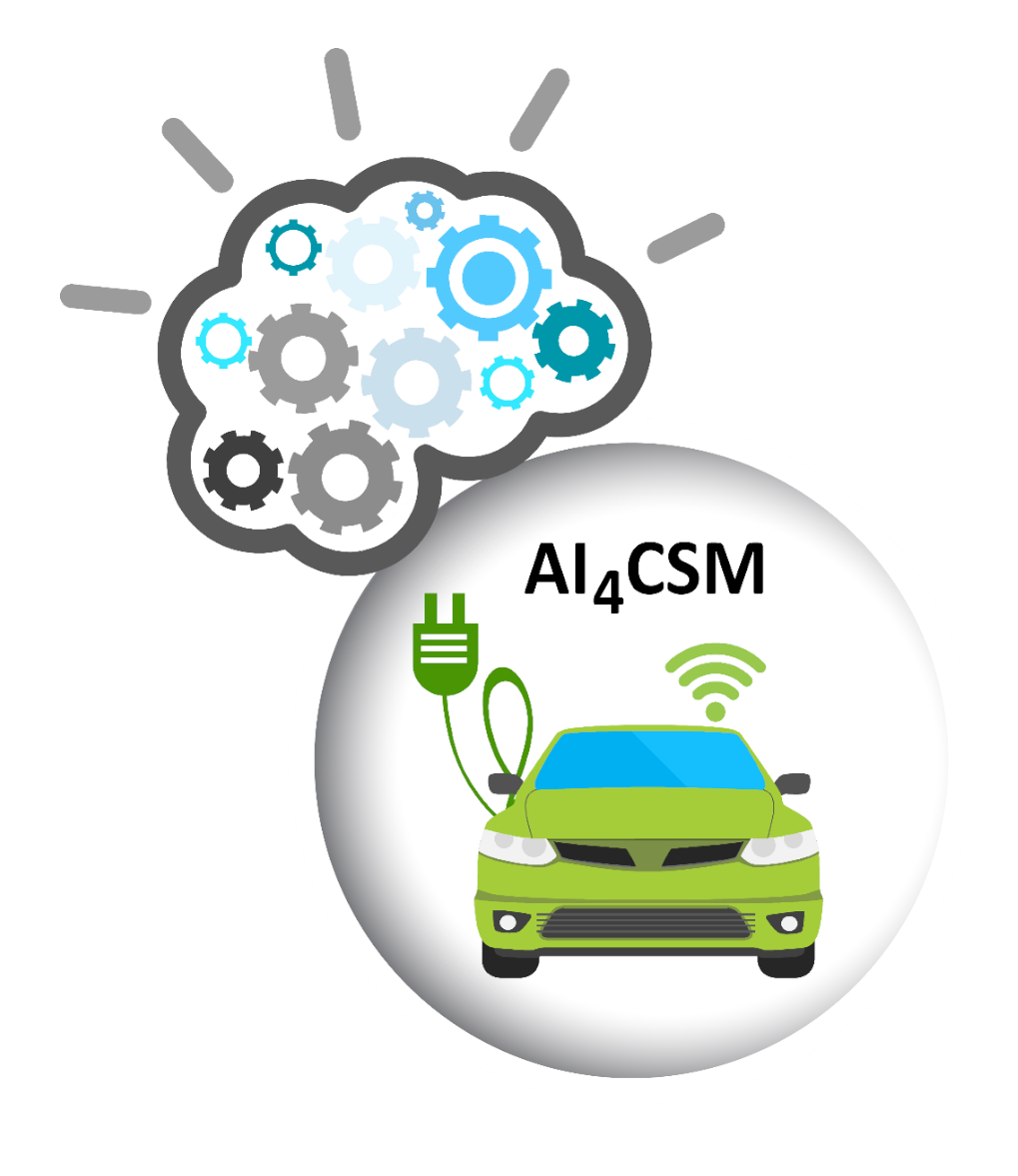 Automotive Intelligence 4 Connected Shared Mobility
Automotive Intelligence 4 Connected Shared Mobility

Reduction of system-based emissions
System based emissions are hard to tackle in comparison to mobility or product-based emissions since they rely on a multitude of factors. The position of the EC on this issue is quite clear “multimodal transport needs [AI4CSM] v1.0 43 of 403 a strong boost” to increase the transport efficiency. AI4CSM clearly addresses this topic with its output enabler SCs (SC1-SC3) as well as with its methodology driven SC7. By enabling connected shared and automated mobility through the technologies derived in SC4-SC6 a significant reduction of the overall system related emissions can be made since cars will be used, maintained and shared more efficiently so that multimodality approaches can be fostered.
Reduction of mobility-based emissions
To achieve the 90% reduction of transport emissions the usage of conventional fossil-based technologies, like combustion engines, is not an option. AI4CSM only researches xEV transport means. xEV in combination with green energy sources is the key to a sustainable mobility. That’s why we research new ways of route scheduling (SC1), new inverter technologies (SC4), advanced battery state estimation technologies (SC4) as well as more power efficient sensors and computing platforms (SC6) as well as new AI techniques that require less computational resources (SC6&7).
Reduction of product-based emissions
Product based emissions are related to the efforts which are made to manufacture, maintain and recycle (or dispose) products. It is estimated that a modern EV has a 3x higher environmental footprint in the production than a comparable combustion engine car. Since every percent point efficiency increase helps to reduce the battery size it also helps to reduce the manufacturing related emissions. Thus SC4 to SC7 will help to lower the needed amount of battery capacity. Moreover, the AI4CSM partners plan to exchange their individual approaches to achieve climate neutrality in the product design and manufacturing as well as recycling phase.